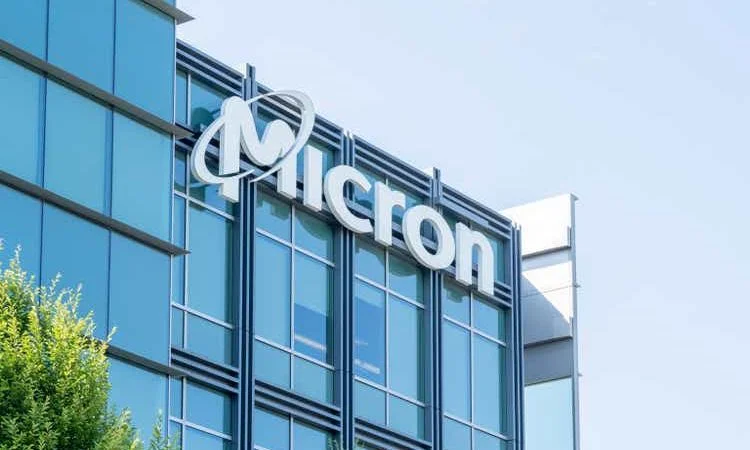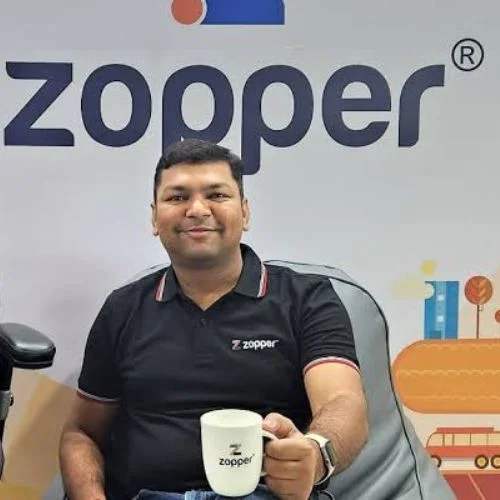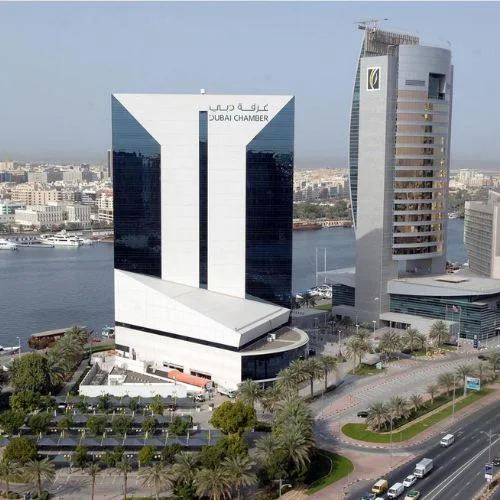The Indian government has initiated the process of disbursing funds to US-based Micron Technology under the production-linked incentive scheme, which is a mega step toward building semiconductor muscle in India. Through this initiative, the country will attract an entire ecosystem related to semiconductor and display manufacturing.
It was launched in 2021 by the Narendra Modi government with an outlay of Rs 76,000 crore, and has already been changed in September 2022 to offer uniform support of 50 per cent to all technology nodes, the view being to bring big-ticket investors.

PC: Seeking Alpha
The Ministry of Electronics & IT Secretary, S Krishnan, said that Disbursal has started for Micron, and for others, including Tata, will start now. They are collecting their details in terms of disbursement. The fiscal support is given pari-passu. This would mean that the beneficiary companies would be assisted proportionately to the quarterly expenditures made by them.
Micron Technology, which promised an overall investment of $2.75 billion in incentives for packaging chips to be used in the automotive sector, smartphones, data centers, and IoT devices, has begun pilot manufacturing from its Sanand facility in Gujarat and will scale up to full-scale production from December 2025. The Idaho-based company’s key unit is currently under construction and will be ready by December 2024.
The Tata Group has also started its journey in semiconductor manufacturing. Its main plant in Assam is likely to take about three years to complete. It will also focus on assembly, testing, and packaging. Its subsidiary, Tata Semiconductor Assembly and Test, is building the unit meant for semiconductor assembly with a capacity to produce one million chips per day at a cost of Rs 27,000 crore at Morigaon in Assam. Another big semiconductor fab is being pursued by Tata Electronics Private Limited at Dholera in Gujarat in association with Taiwanese Powerchip Semiconductor Manufacturing Corporation for an investment of Rs 91,000 crore.
2022 witnessed a critical change in the PLI scheme, unifying the incentive structure at 50% for all technology nodes, continuously inciting interest in the sector from large global and domestic investments. The programme was earlier offering fiscal support ranging from 30 to 50 per cent across various categories for the development of semiconductors and display manufacturing ecosystems.
The strategic initiative of the Indian government is to build localized manufacturing with huge investments and ensure integration into the global supply chains. In other words, growth in the semiconductor sector would have an effect on various industries connected with it, hence innovation and economic development in the fields of automotive, electronics, and IoT.
As India presses ahead with developing its semiconductor capability, the PLI scheme will prove to be the linchpin that drives the country to center stage in the global semiconductor market. Partnerships with leaders—Micron and Tata—will show how serious it is in the development of a robust and truly self-sufficient semiconductor ecosystem.















